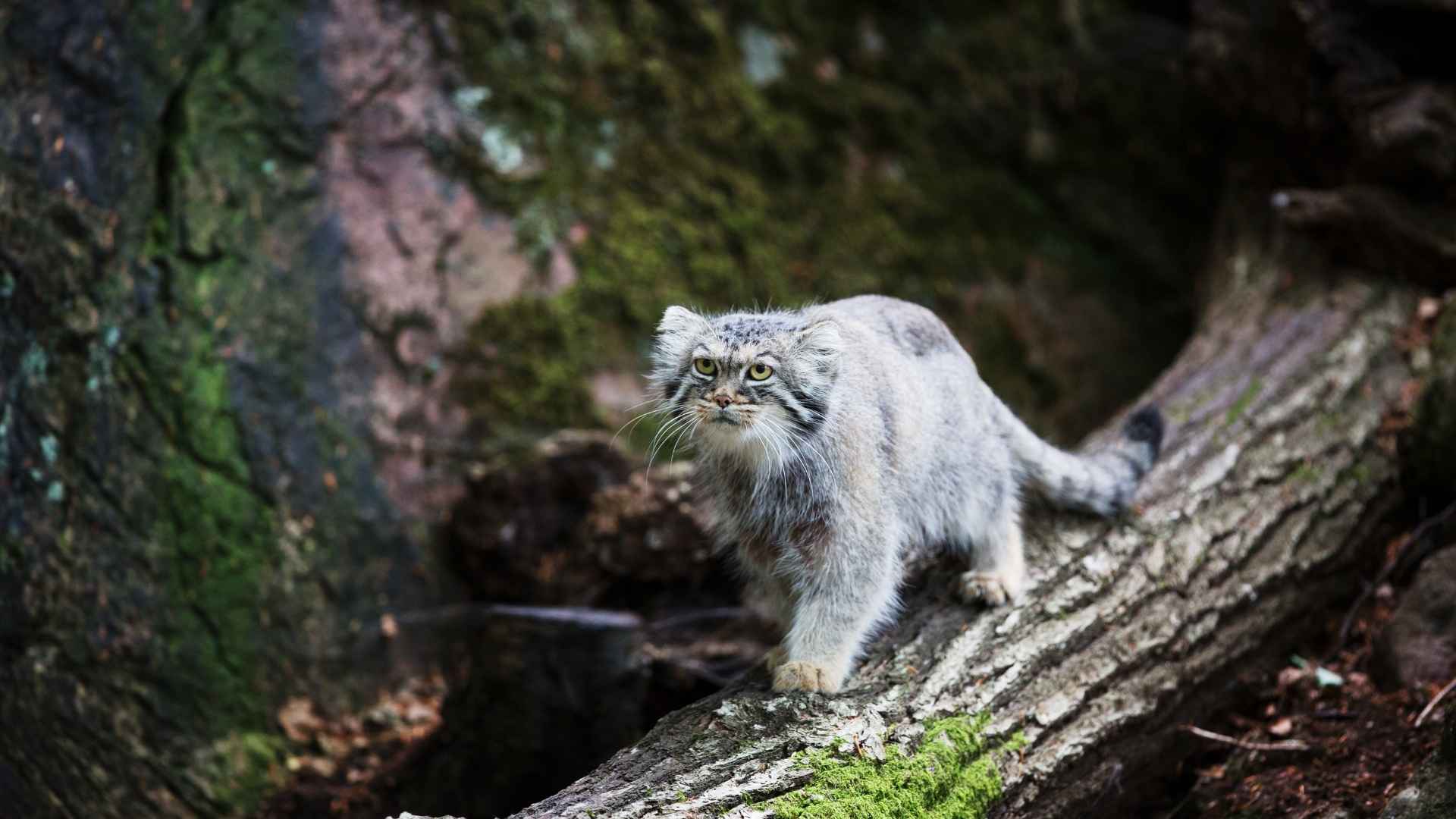When you think of wild cats, majestic lions, and speedy cheetahs might come to mind. But did you know that some wild cats are no bigger than a housecat?
These small wild cat breeds are nature’s stealthy hunters, blending into forests, grasslands, and deserts with their stunning coats and agile movements. Unfortunately, many of these species remain understudied and face threats like habitat destruction, climate change, and poaching.
From Oncilla to the tree-dwelling Margay, these mini predators prove that size is no barrier to survival. If you’ve ever been curious about the world’s lesser-known wild felines, we will introduce you to some of the most remarkable small wild cats, each with its own unique adaptations and survival tactics.
Small Wild Cat Breeds
1. Pallas’s Cat
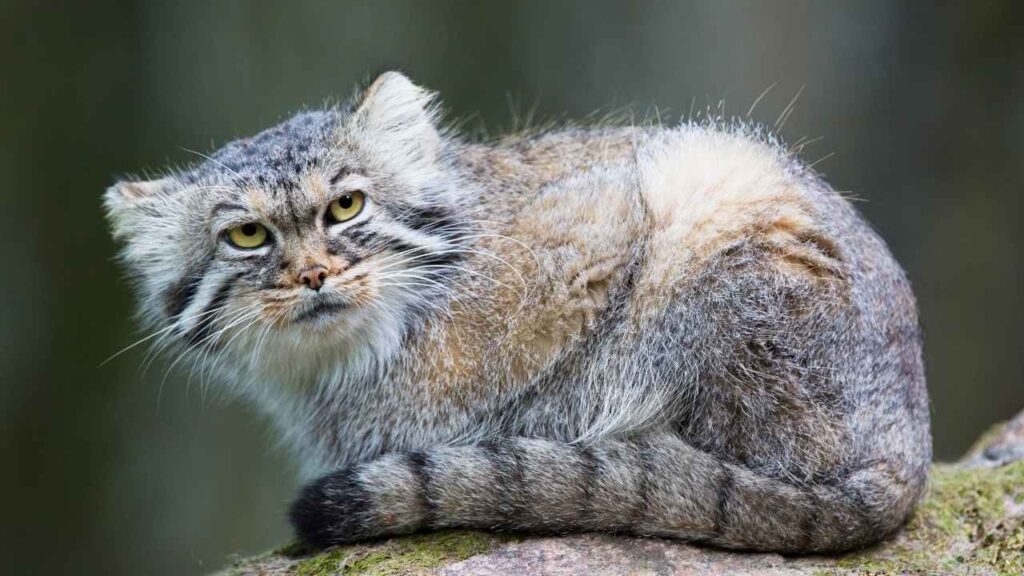
If there were a contest for “Most Perpetually Unimpressed Animal,” the Pallas’s Cat (Otocolobus manul) would win every time. This cat native to the chilly grasslands of Central Asia, this round-faced, extra-fluffy feline looks like it’s judging you 24/7.
Its thick coat makes it look twice its actual size, perfect for surviving in freezing temperatures—and for intimidating lesser beings (a.k.a. everyone).
A Pallas cat measures approximately 26–37 inches in length, with its thick, bushy tail accounting for about half of its total size.
But here’s the kicker: despite their tough appearance, Pallas’s Cats are not the best runners. Their short legs make them a bit awkward on the move, so instead of chasing prey, they rely on ambush tactics.
Think of them as nature’s grumpiest wild cat. Pallas’s Cats have round pupils—making them look even more skeptical of your life choices.
2. Leopard Cat
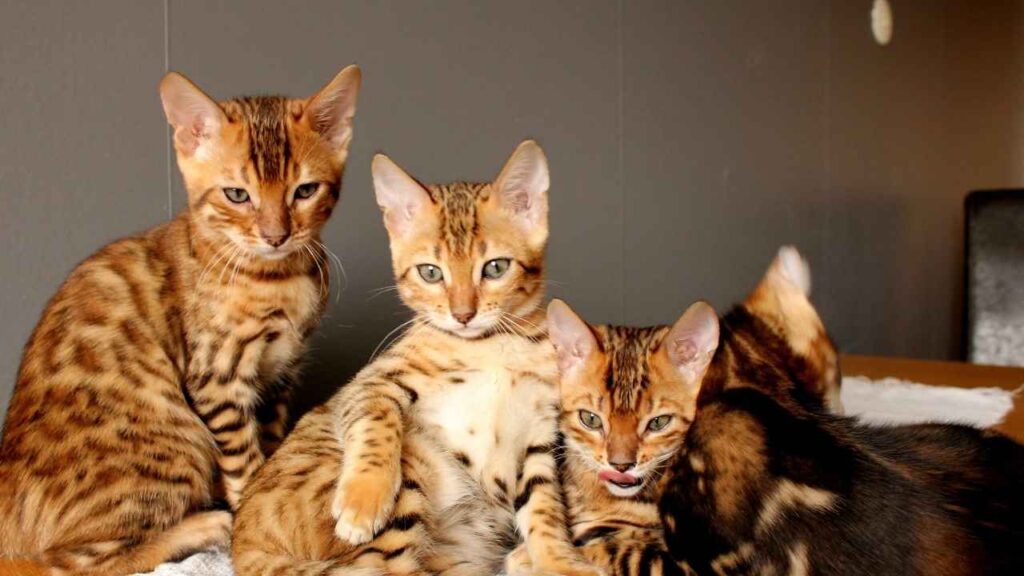
The Leopard Cat (Prionailurus bengalensis) is basically what you’d get if you shrank a leopard and gave it a sneaky personality upgrade.
Found across Asia, this spotted beauty is so striking that it was bred with domestic cats to create the Bengal cat breed. But unlike Bengals, which enjoy belly rubs (sometimes), true Leopard Cats are 100% wild and don’t care for human company.
According to Britannica, the leopard cat’s coat is typically yellowish or reddish-brown on the upper body, with a white underside, and is heavily adorned with dark spots and streaks.
Its body length ranges from 18 to 30 inches, not including its tail, which measures between 9 and 13.8 inches. As a nocturnal predator, the leopard cat hunts birds and small mammals, sometimes including domestic fowl in certain regions.
These cats are excellent climbers, swimmers, and hunters. They’re so skilled that they’ve been known to catch fish straight out of the water. That’s right—unlike your house cat, who panics at the sight of a bathtub, the Leopard Cat enjoys a good fishing trip. No rod, no bait, just raw talent.
3. Oncilla
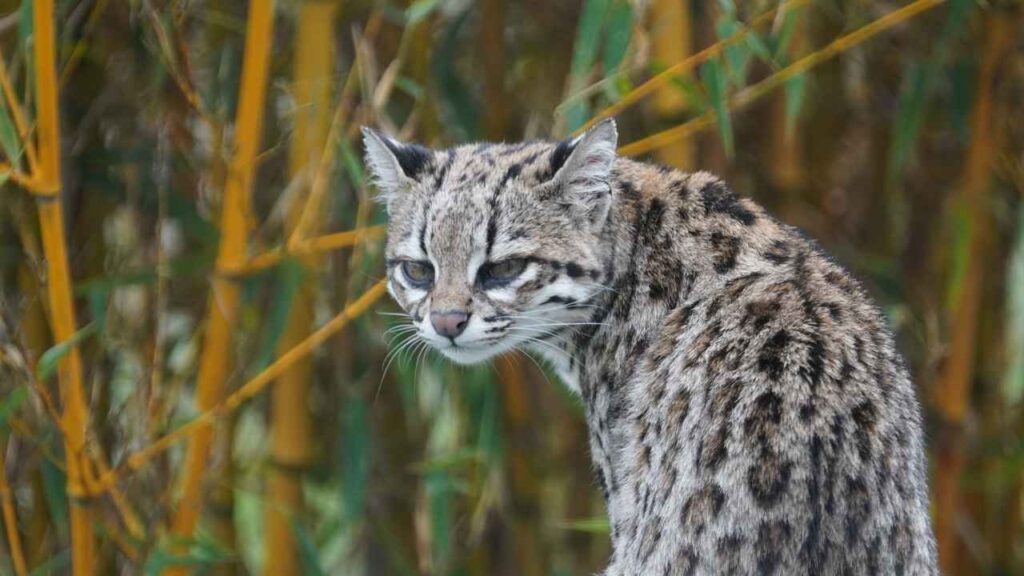
Imagine an ocelot but smaller and even harder to find—that’s the Oncilla (Leopardus tigrinus).
Sometimes called the “Little Tiger” or tigrillo, this South American wild cat is the definition of mysterious. It’s so secretive that even researchers struggle to study it. Think of it as the James Bond of the feline world, but instead of cool gadgets, it just has impeccable climbing skills.
The oncilla is frequently mistaken for the margay, but it is smaller, more slender, and has proportionally larger ears and a narrower muzzle.
Its eyes are a light honey brown and smaller than those of the margay. Among South America’s wild cats, the oncilla is one of the smallest. It has short, dense fur ranging from light brown to gray, adorned with dark brown rosettes outlined in black.
Oncillas are nocturnal and spend most of their time up in trees, avoiding danger. They move so gracefully that even house cats would be jealous.
But despite their beauty, they face a major threat: habitat destruction. Since they rely on dense forests to stay hidden, deforestation is a big problem for these tiny hunters.
4. Guiña
If the feline world had a “small but mighty” award, the Guiña (Leopardus guigna), also called the Kodkod, would take the trophy.
Native to Chile and Argentina, this is the third smallest wild cat in the Americas, but don’t let its size fool you—it’s as fierce as they come. Imagine a kitten with the heart of a lion, and you’ve got the Guiña.
The fur varies from grayish-brown to deep russet-brown, featuring small, dark, dab-like spots that merge into broken lines along the back and nape making them a spotted cat.
The head is small and rounded, with a compact face adorned with dark cheek stripes, distinct eyebrow markings, and prominent dark lines beneath the eyes that frame the muzzle.
This deadliest cat is an excellent climber and doesn’t hesitate to explore human settlements. In fact, farmers sometimes wake up to find their chicken coops raided by these pint-sized burglars.
Bold? Yes. Adorable? Absolutely. It also has huge eyes that help it see in the dark, which only adds to its “tiny assassin” reputation.
5. Margay
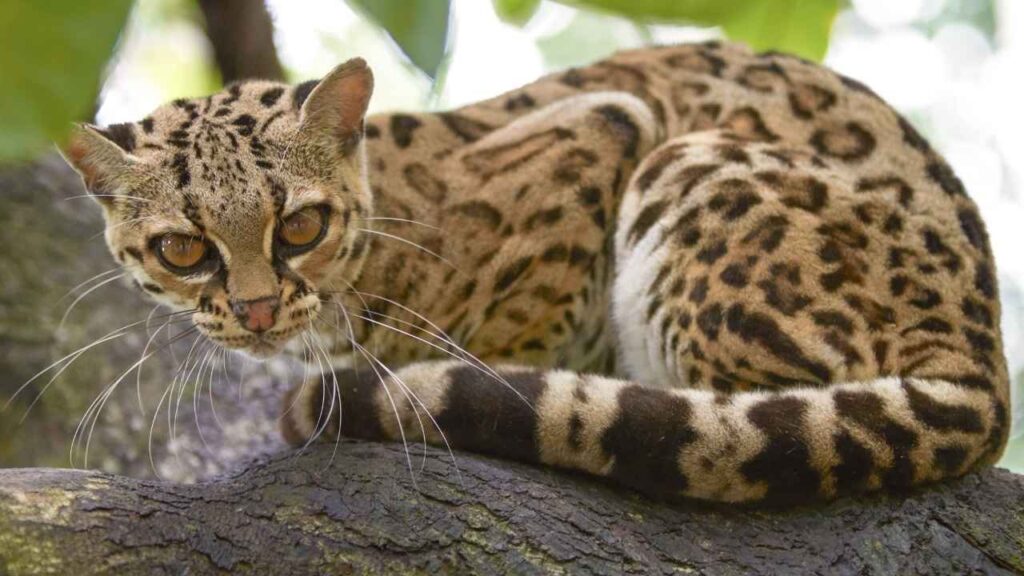
If there were a gymnastics team for wild cats, the Margay (Leopardus wiedii) would be captain. Found in the rainforests of Central and South America, this feline has one special skill that sets it apart from other cats—it can climb down trees headfirst.
The Margay has thick, plush fur and a notably long tail. Known for its exceptionally large eyes, the Margay has enhanced night vision, aiding in its nocturnal lifestyle.
According to Britannica, males can grow up to 3.5 feet long, including an 18-inch tail, and can weigh up to 35 pounds. Females are generally smaller but have relatively longer tails.
Yes, HEADFIRST. It has super-flexible ankles that rotate 180 degrees, making it one of the most agile climbers in the world.
Margays are also expert hunters and use their athletic abilities to chase prey like small birds and small rodents through the treetops. But here’s where it gets even cooler: they can imitate the sounds of their prey to lure them in. Imagine a cat doing impressions—it’s both creepy and genius.
6. Flat-headed Cat
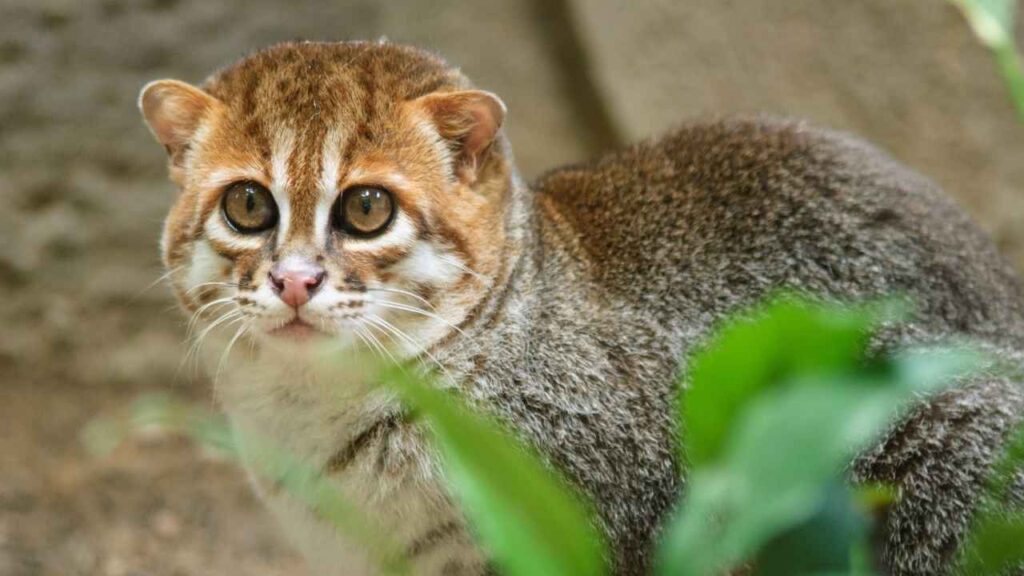
The Flat-headed Cat (Prionailurus planiceps) looks like a regular cat who just got out of the shower—wet, sleek, and slightly confused.
But don’t be fooled by its odd appearance; this rare Southeast Asian feline is an aquatic hunting machine. Unlike most cats, which avoid water like it’s lava, the Flat-headed Cat thrives in wetlands and swamps, where it hunts fish and frogs.
The Flat-headed Cat is among the world’s most endangered small cat. This unique and unusual member of the cat family is highly specialized for a life of fishing and water hunting.
Roughly the size of a domestic cat, it has an elongated body, short legs with small, rounded paws, and a short tail. Its coat is thick, soft, and long—reddish-brown on the top of the head and dark brown on the body, with fine speckling of gray and buff on the tips.
It has partially webbed feet, non-retractable claws, and a longer-than-usual snout—perfect for snatching slippery prey from the water. Unfortunately, this cool little cat is becoming increasingly rare due to habitat destruction. If it could talk, it would probably tell humans to stop ruining its fishing spots.
7. Sand or Sand Dune Cat
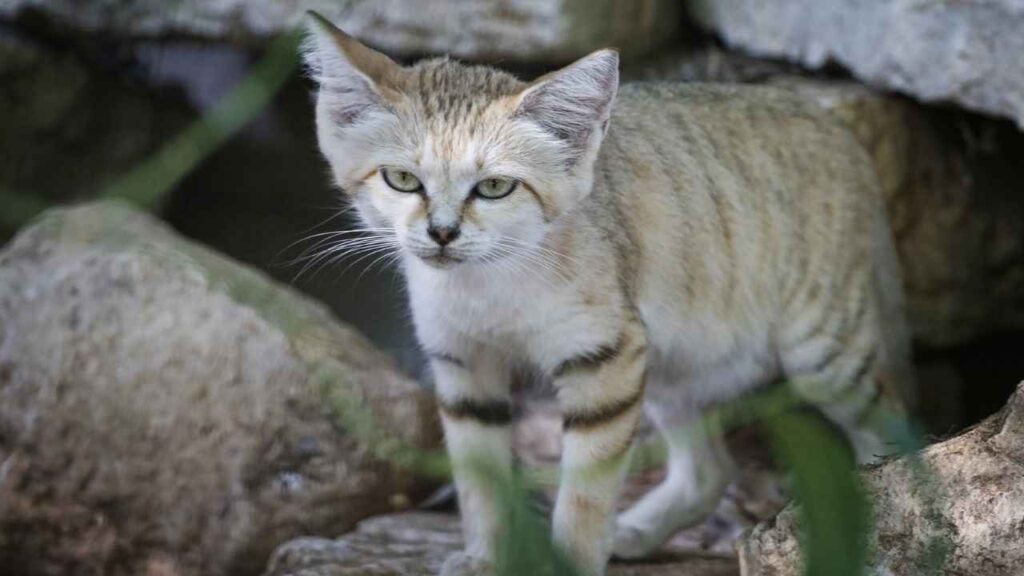
Meet the Sand Cat (Felis margarita), aka the “cat who laughs in the face of the desert.” While most animals struggle with the extreme heat and cold of the desert, this tiny feline thrives in it. Native to North Africa, and parts of Asia, the Sand Cat is the ultimate survivalist.
The first Sand Cat recorded by science was discovered in the Algerian Sahara and described in 1858.
The body length of a Sand Cat ranges from 18 to 22.5 inches, with its tail adding an extra 11 to 14 inches. Adult Sand Cats weigh between 3 and 7.5 pounds. These small species have short legs and a very long tail.
While they are not skilled jumpers or climbers, they excel at digging and creating shallow burrows to escape the desert heat during the day. In one night, they can travel over 6 miles.
Their vocalizations resemble those of domestic cats, but they can also produce high-pitched barking sounds, especially when seeking a mate.
Fun Fact: The Sand Cat’s oversized ears help it hear the tiniest movements beneath the sand—so if you’re a mouse hiding underground, you’re out of luck.
Conclusion
While big cats often steal the spotlight, small wild cats face their own unique challenges in diverse environments across the globe. From the scorching sand of southern Africa, where the elusive Black-footed cat roams, to the dense forests of Southeast Asia, home to the Sunda Leopard cat and the Sunda Clouded Leopard, these small cats have adapted to thrive in a variety of landscapes. Some, like the Rusty-spotted cat—the smallest cat species in the world—navigate the jungles of mainland Asia, while the Andean Mountain cat and Pampas cat call the rugged terrains of Central and South America their home.
Despite their size, these wild cat species possess a big attitude, displaying agility, stealth, and remarkable survival skills. The Jungle cat of the Middle East, the Iberian and Eurasian Lynx of Europe, and the Canada Lynx of North America all showcase the adaptability of small wild cats across different regions. Even the Snow Leopard, often classified among big cats, shares a close genetic link with these smaller felines.
As human expansion threatens their habitats, the conservation of these extraordinarily small wild cats becomes increasingly important. Their survival is crucial to maintaining the delicate balance of ecosystems worldwide, proving that even the smallest predators play a significant role in nature’s intricate web.


